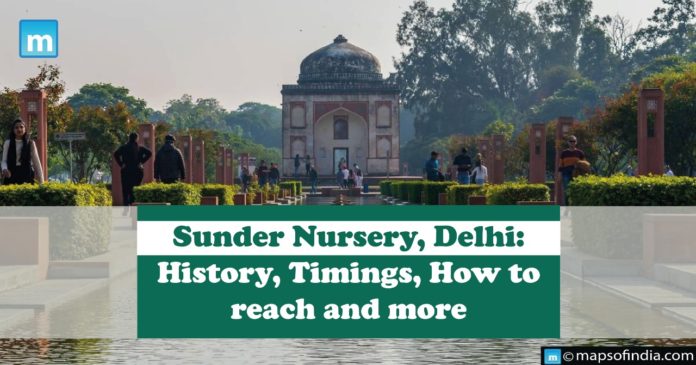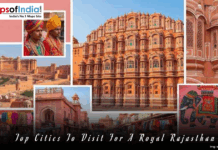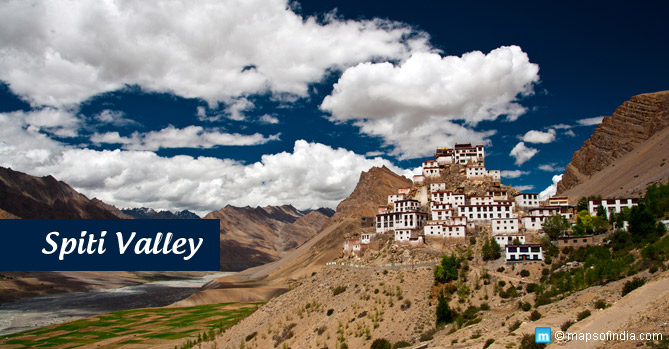Azim Bagh, or Bagh-e-Azeem, is now Sunder Nursery. It traces its history back to the 16th century. This heritage park is adjacent to Humayun’s tomb in Delhi. Delhi’s biggest heritage park is home to six world heritage monuments.
Sunder nursery falls under the Central Public Works Department (CPWD) under the Government of India (GOI). The nursery has a wide area of 69 acres. 20 acres of the land is still under construction, which includes some significant monuments and varieties of flowers.
According to the data from the department of major public works, the nursery is rich in evergreen flowers, creepers, trees, house plants, decorative plants, vegetables, shrubs, bonsai, fruits, ferns, and medicinal plants. It also has approximately 200 species. It is a beautiful location that includes lakes, gardens, and an exhibition of cultures.
An Overview of the Sunder Nursery
Sunder Nursery was established in the 20th century in the Mugla era. It was established to propagate the saplings to Delhi. In 2007, a memorandum of understanding (MoU) was signed between government agencies; Aga khan trust for culture commenced conservation and landscape works.
This rich nursery was designed by India’s top landscape architect, Mohammed Shaheer. This nursery is a perfect spot for the family to arrange picnics, celebrations, and exposure to nature. This nursery was designed to connect the entrance to Humayun’s tomb, a world heritage site, with a grand truck road.
The greenery and the creative structure of the nursery attract tourists from India and other foreign countries. The nursery has a very affordable fare, which makes it more popular and busy.
History of Sunder Nursery
Sunder Nursery has existed since the era of the Mughals, then given to Britishers, at last, it was transferred to India. The area was not in a state where people could come or celebrate. In 1911, when the capital of India shifted from Calcutta to Delhi, the last British horticulturist, Alick Percy Lancaster, decided to revive the Sunder nursery and make it a tourist attraction.
As a part of the experiment, some trees were imported to the spot under the project “New Delhi Avenue”, which was later designated as a “Nursery.” In 1940, the central public works department (CPWD) took responsibility for the nursery and continued the construction.
For some reason, the construction work was halted. Then, in 2007, a trust named “Agha Khan” started the construction work again. Within ten years, the nursery was inaugurated. At the same time, some of the parts are still under construction.
Why is it named “Sunder Nursery”?
The nursery was named Sunder because of the “Burj tomb” located inside the nursery.
Recognition
In 2008, the nursery was recognised as one of ‘Time magazine’s top 100 places to visit. Again in 2020, the ‘UNESCO Asia-Pacific award for cultural heritage conservation’ was grabbed by the nursery. In the same year, UNESCO’s special recognition for sustainable development was also collected by the nursery.
Timings for a visit
7:00 AM-6:00 PM
Fare
The ticket price for the nursery varies for different people.
For adults: Rs 40
For children (5-12 years): Rs 20
Free for children (under five years).
Senior Citizens: Rs. 20
Foreign tourists: Rs 200
The nursery also has provision for parking
Price for parking
Car parking: Rs 75 for 4 hours on weekdays and Rs 100 for 4 hours on holidays.
Two-wheeler parking: Rs 35 for 4 hours.
How to reach?
The Sunder nursery is adjacent to Humayun’s tomb in the Nizamuddin area of New Delhi.
There are nearly three ways to reach Sunder Nursery in Delhi:
- Train: Tourists can take the local train and reach Hazrat Nizamuddin railway station. After getting to the railway station, the most suitable mode of transport is the autorickshaw.
- By Metro: The nearest metro station to Sunder Nursery is Lajpat Nagar, which happens to be on the pink and violet lines of the Delhi Metro Rail Corporation (DMRC)
- By Bus: A bus can be taken by numbers 413, 433, 507STL, 522, 522CL, 543A, 611, and 611A.





